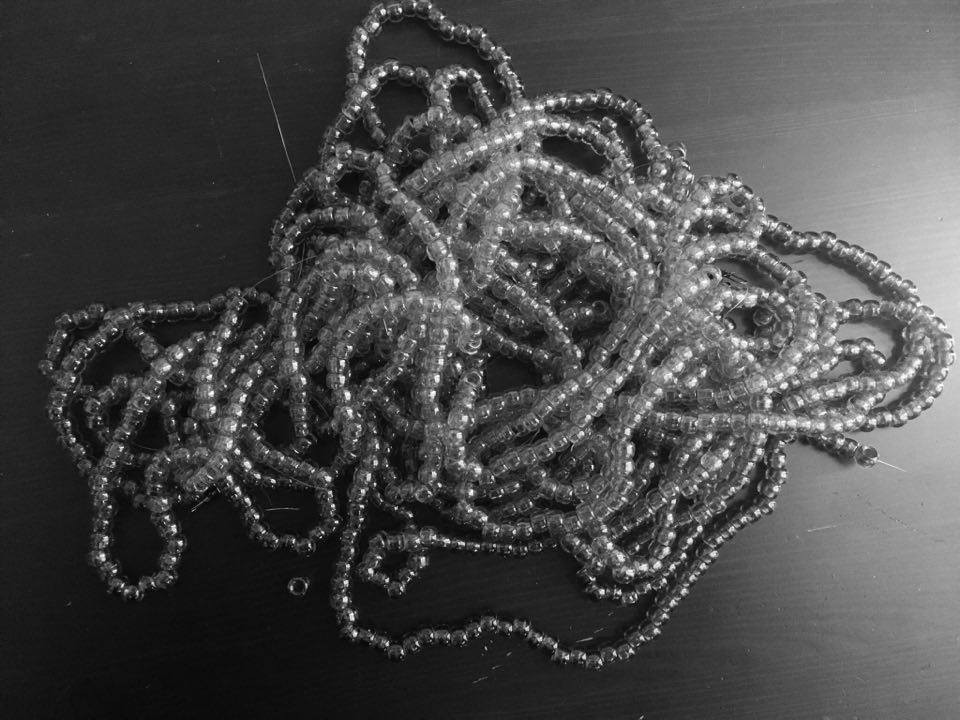Q: “no neutral art, no neutral art historians” what exactly do you mean by that?
The title of a conference references a point Merray Gerges makes in her article, Notes Towards an In(con)clusive Identity Politics. Basically that the whole idea of “neutral art” - which is not actually neutral at all - is a privilege only white (cis) males get to enjoy. We wanted this conference to foreground a set of critical positions that tend to be marginalized because they give voice to intersectional identities.
Q: How is this position reflected in the composition, planning and process of the conference?
We tried to question each other’s bias at every step of the conference planning. I believe that fact that the core of our conference team was composed of four people helped us do that. The proposals we received were blind-reviewed by seven jury members - MA and PhD students in the department of Art History - who also helped us put the panels together. We tried to think of ways of grouping the papers that would bring people into dialogue that might not otherwise get a chance to engage with one another.
Q: Why did you choose Goth Shakira as your keynote speaker? Maybe as art historians you can speak to the significance of the meme-maker today?
Goth Shakira - alongside other artists - took over a format that was mainly used by (cis) white males on 4chan.org and Reddit and used it to share dark aspects of her life and intersectional feminist thoughts. We were interested in hearing what she had to say about her practice - that should not be reduced to memes, as she is also interested in online performances and is the editor of Girl’s Club - and experience online as a Latinx woman. This week alone we saw the lack of inclusivity with the #WomensMarch and conversations happening around #BellLetsTalk [a Canadian program aiming to raise awareness about mental illness]. It is a particularly urgent moment to prioritize marginalized voices and needs.
Q: “We take one bead that sits all alone and string it together into a larger piece." Will the 10,000 beads installation be made live during the conference or is it already made?
Camille Usher [one of the members of Uppity NDNs, alongside Cheli Nighttraveller and Isabella-Rose Weetaluktuk]: It should be finished for the conference. It will be an installed piece, but the nature of it is still in progress since the gallery also had certain restraints on what was possible. This is why we called it "Untitled, for now" because our relationship to it will change as it forms into something we don't know yet.
Q: You’re integrating artists into the art historian conference. Is the action of bringing makers into a space of scholarly analysis and criticism part of the non-neutrality idea?
Not really. It’s not a move we’re inventing - lots of art history conferences include non-scholarly material, be they artist talks, installations or performances. The discipline relies on these non-scholarly forms, so it only makes sense to include them.
We tend to see this conference as a dialogue and as a whole. We are thus really excited for all the presentations and the questions that will arise from our discussions and encounters with the works of art. These two aspects are both as important to us.
We would like to warmly thank all the participants and everyone who helped to make this conference happen.
 Untitled, for now, an installation by Uppity NDNs. The work is made of 10,000 red beads and will be on display in the FOFA Gallery Courtyard during the conference.
Untitled, for now, an installation by Uppity NDNs. The work is made of 10,000 red beads and will be on display in the FOFA Gallery Courtyard during the conference.